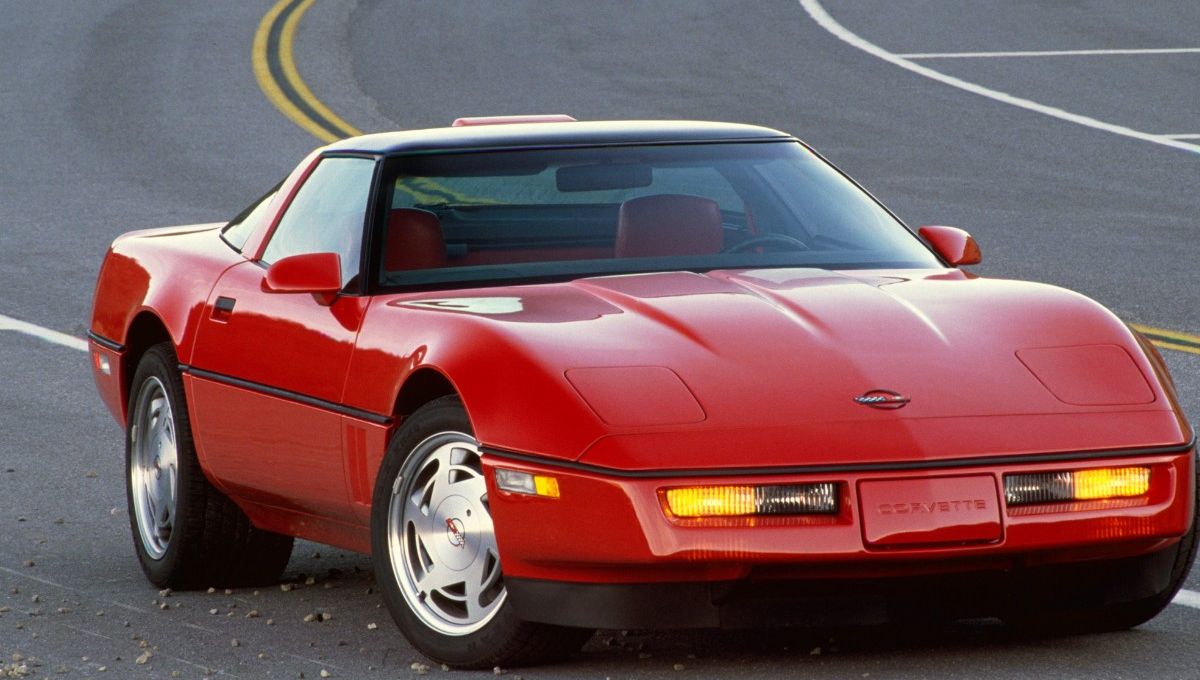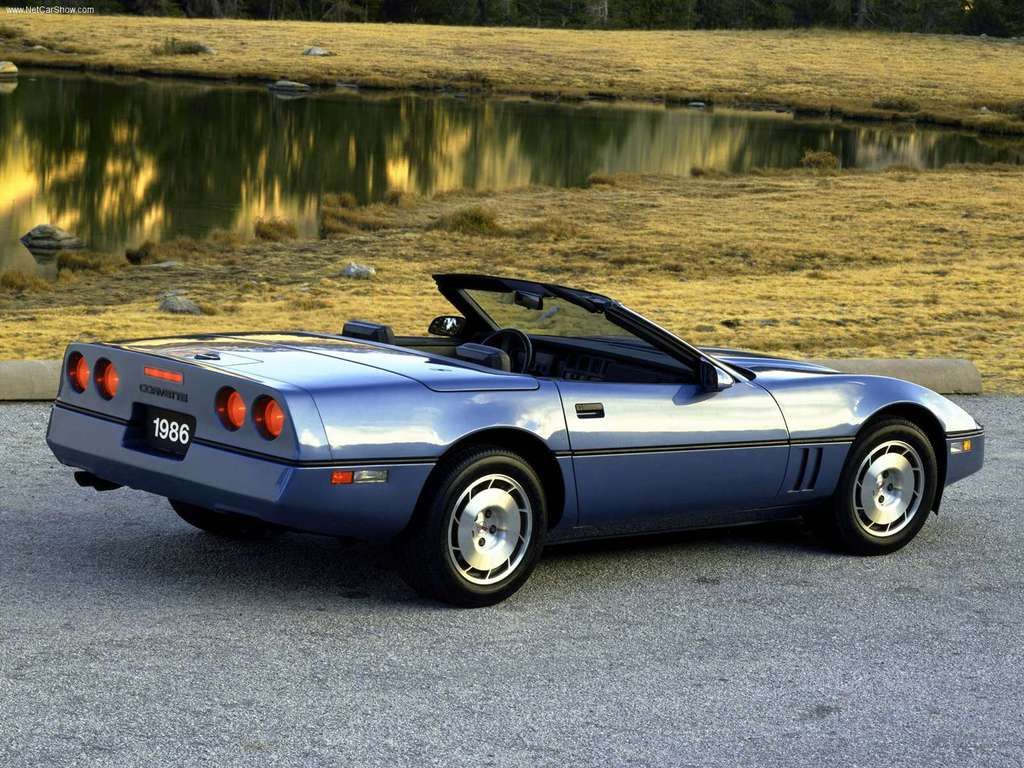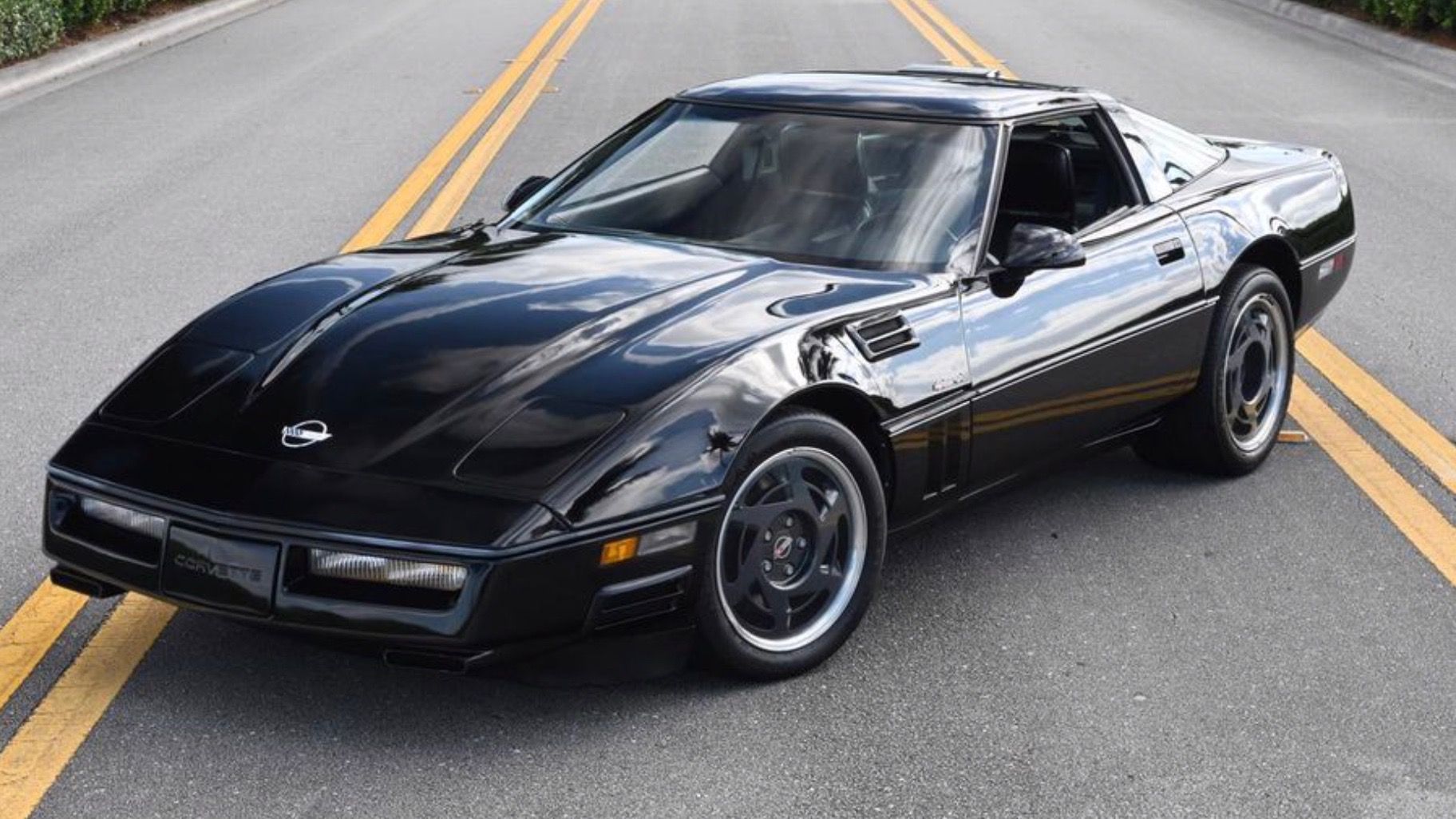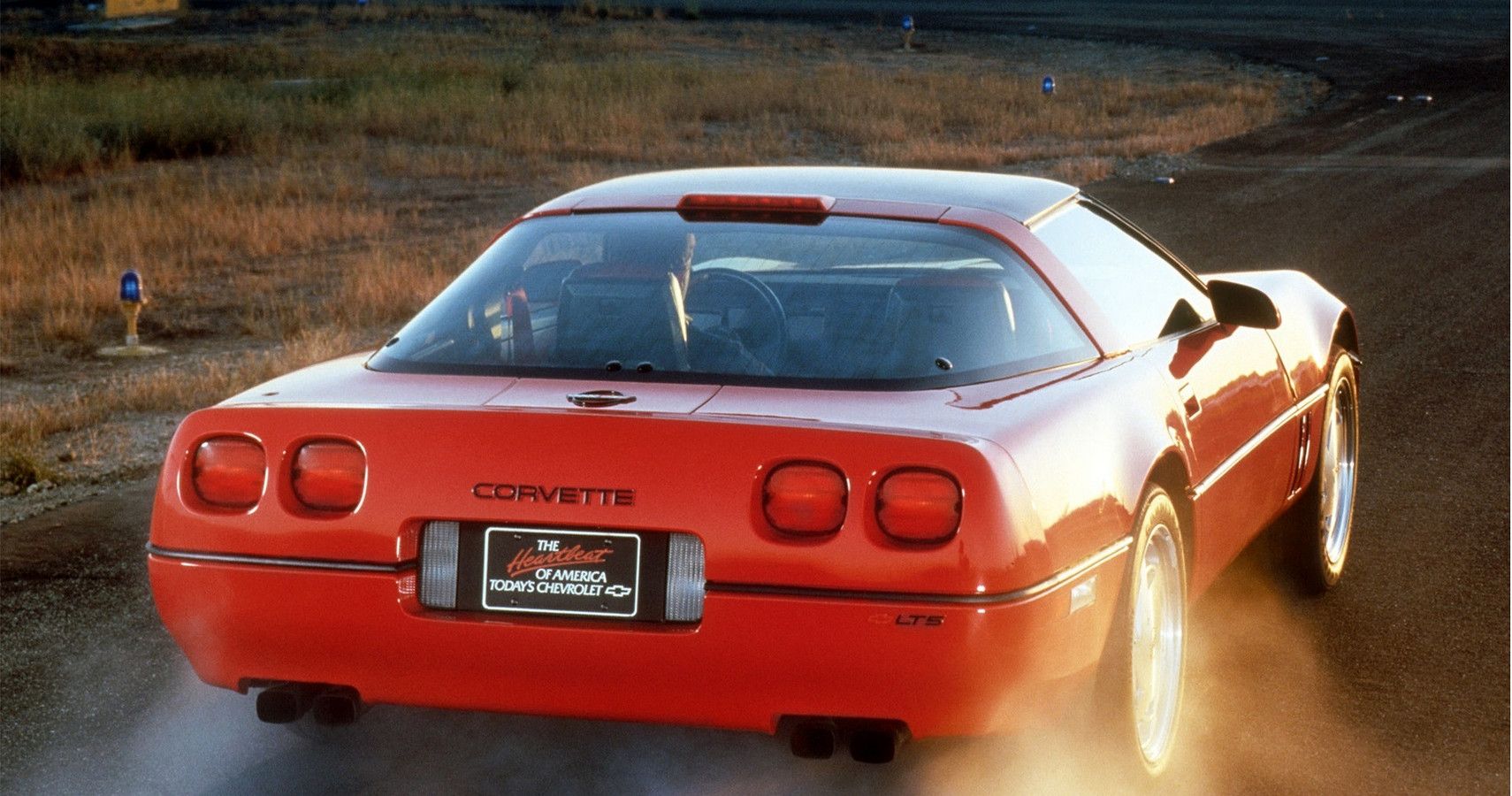A muscle car is your go-to guy for high performance and great engine power. However, if you're looking for a car with a sleek design, a car capable of handling itself rather nicely with sharp bends, then pick a sports car. What a muscle car lacks in handling exquisite design, a sports car effortlessly possesses.
Because the Corvette C4 ZR-1 had a V-8 engine, some car lovers consider it a muscle car, since they are defined by large engines such as the V-8 or the V-12 engine. But then, that's its only similarity to the great American car. When you consider the basic features of a sports car, the ZR-1 possesses all. It's got the wicked speed, insane look, and more importantly—enviable handling.
Chevrolet’s ZR-1 helped its maker assert its authority in an industry saturated with several models, mostly from Europe. At that time, the current Corvette model (C4) wasn't doing too great in the market. In this article, we'll trace the ZR-1’s origins and spotlight its features.
The C4’s Backstory
Since 1953, Chevrolet has produced several luxury sports cars that bore the tag “Corvette”. It's the company’s flagship model, one that epitomizes luxury, style, and unique bodywork. Although it's had eight design generations, we’re choosing to focus on the fourth generation, the C4.
The C4 is the fourth installment of the Corvette and came with changes in every way possible. These changes were effected by the new Chief Engineer for Corvette, David McLellan, and Jerry Palmer, Lead Designer. At that time, they adopted a new strategy that prioritized form over function.
While most car enthusiasts are performance freaks, the C4’s design and engineering team built a vehicle that looked great and had an admirable top speed record. It opted for this strategy considering how well rival models like the Porsche 944, Ferrari 308, and Lotus Esprit were doing.
As they began work on the C4, they improved its bodywork, though it still behaved like a Corvette. They retained the iconic fender flares that characterized previous Corvette generations. However, they altered the car’s exterior, especially the doors’ outward appearance.
Doing this yielded additional cabin space plus the car’s body was smoother than previous models. Its chassis was different from the C4, plus molding plastics constituted its body panels and bumpers. Previously, Chevrolet’s go-to material was fiberglass.
It featured an L83 V8 engine fitting with a special Crossfire fuel injection system. The engine produced 205 hp and 290 lb-ft of torque. It was paired with an interesting transmission system called the 4+3 transmission. It comprised a regular 4-speed manual transmission and a hydraulic clutch which aimed to lower fuel economy.
The C4 came with certain perks like an instrumental panel featuring a digital LCD and 16-inch 50-series Goodyear Gatorback tires. The seats could recline and be multi-adjustable.
Furthermore, the interior had a lovely sound system that epitomized the very essence of a sports car. At that time, not many automotive manufacturers were interested in that aspect.
During its production years, the C4 witnessed several designs and engine revisions.
The Corvette ZR-1 In Focus
Despite being released in 1990, plans for the car have been in development since the 70s. Corvette Chief Engineer, Dave McLellan, wanted a Corvette fitted with a hunger for high performance. In the 70s, sales of the Corvette tanked because other rivals offered drivers better handling and performance.
Eager to redesign the Corvette as America’s first option for a performance vehicle, he tasked Rus Gee, Corvette Director of Powertrain Engineering with the duty of developing an ideal vehicle. To begin, he worked on a new engine destined to be under the new car’s hood.
Upon arriving in 1990, it came with distinctive attributes like a convex tail, square taillights, and 11-inch back tires matched with 17-inch rims. The ZR-1 badge was placed beneath the right rear light.
The ZR-1 Was A Fine Sportscar With An Uneventful Interior
Sure, it had excellent performance and handling, but one major kink was the designers’ little or no interest paid to the interior. The ZR-1’s interior was an epic fail, and while newer versions have long corrected that anomaly, we can't look past its ugly interior.
Although some think the interior has great retro value, the leather seats have been known to upset the driver and passengers after some hours.
Remember we preferred to think of the ZR-1 as a sports car than a muscle car. Well, here's our humble submission.
General Motors, the parent company of Chevrolet, paid Lotus, a UK automotive manufacturer to help build a strong and smart sports car. They created the LT5 which was a V-8 engine with an original output of 375 hp.
Here's an interesting fact. The engine had to be built by the Mercury Marine Corporation because Corvette’s Kentucky plant couldn't handle the task.
How Much Does The ZR-1 Cost Today?
The ZR-1 is an extraordinary classic sportscar that stepped up when the C4 faltered against fierce competition. Built as a high-performance option for the C4, it offered drivers more power than other models.
On average, it sells for $31,012 today. It's been known to sell for a higher amount depending on mileage and condition.




